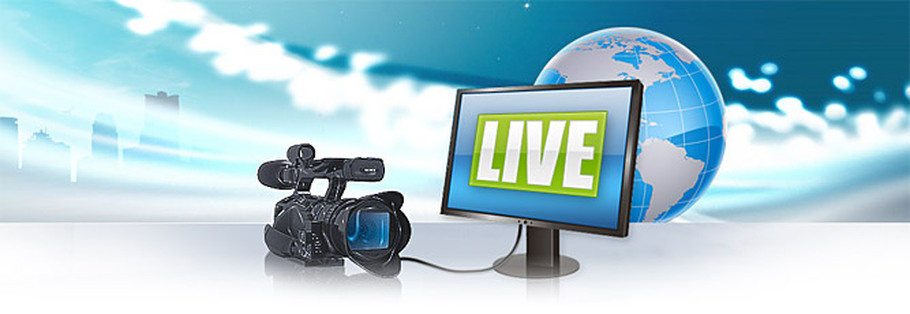Have you ever been beside a flowing stream where you can behold the continuous flow of the water of the stream? I guess you did have this kind of experience, and surely you have wondered if the water would run out and stop flowing. Yet, it did not and it seems that the stream has an infinite supply of water from an ever-flowing spring located at the upper end of the stream. Similarly, if you are going to consider the process of downloading data from the internet, you would readily feel that data are flowing like the water of the stream; hence, the process of downloading data without interruption is sometimes referred to as “streaming.”
The term “streaming” is derived from the original meaning of the word stream and is applied analogously to the free flow of data during downloading. Yet, in the case of streaming data, the streaming process can either be an uploading or a downloading process. It can also be the process of continuously receiving and presenting multimedia to end-users while the multimedia is being presented online by the provider.
Streaming live, however, is distinguished from file downloading, in the sense that in file downloading, the file has to be fully downloaded first before the content can be watched or listened to.
The Benefits of Streaming Technology
The introduction of streaming technology has greatly enhanced the live broadcasting industry in the sense that, with the streaming capacity greatly augmented, anyone can now stream live anytime and anywhere there is an internet connection and available bandwidth. Live broadcasting is made easy by streaming technology, and anyone—with a good and interesting real-time video footage of any event or happening—can now engage in video streaming via the use of video streaming software.
Prior to the onset of the streaming technology, the process of broadcasting live entailed elaborate preparations and tons of machines and instruments that were necessary for broadcasting live. Broadcasting live, therefore, was previously left in the hands of broadcasting experts and those with the necessary broadcasting equipment, technical supports, and huge budget. However, with the onset of streaming technology, broadcasting live becomes everybody’s business. Moreover, with the availability of the different online platforms for streaming live, anyone with a smartphone and internet connection can now broadcast live via the different available social platforms online.
How did Streaming Live Become Practical and Affordable?
There are various technological advancements that occasioned the widespread use of streaming technology. First, there are great developments in the computer networks around the world. Second, there are great advancements in computer technology paving the way for the manufacturing of powerful home computers and high-powered microprocessors. Third, there is a great expansion in the available bandwidth and storage that really helps in realizing a latency-free streaming process of multi-media. Additionally, the developments of various internet protocols that readily allow for the compression of a huge amount of data file greatly help in the realization of practicable and affordable streaming technology. Lastly, there are also great software and applications that are instrumental to the facilitation of live broadcasting.
Streaming live has plenty of benefits for the end-users and providers of multimedia, and the usage of streaming technology is continuously expanding as more people discover the intrinsic advantages of streaming multimedia online.
Product Manager @ LiveU, a video streaming software provider. Visit us at: www.liveu.tv




















































































































































































